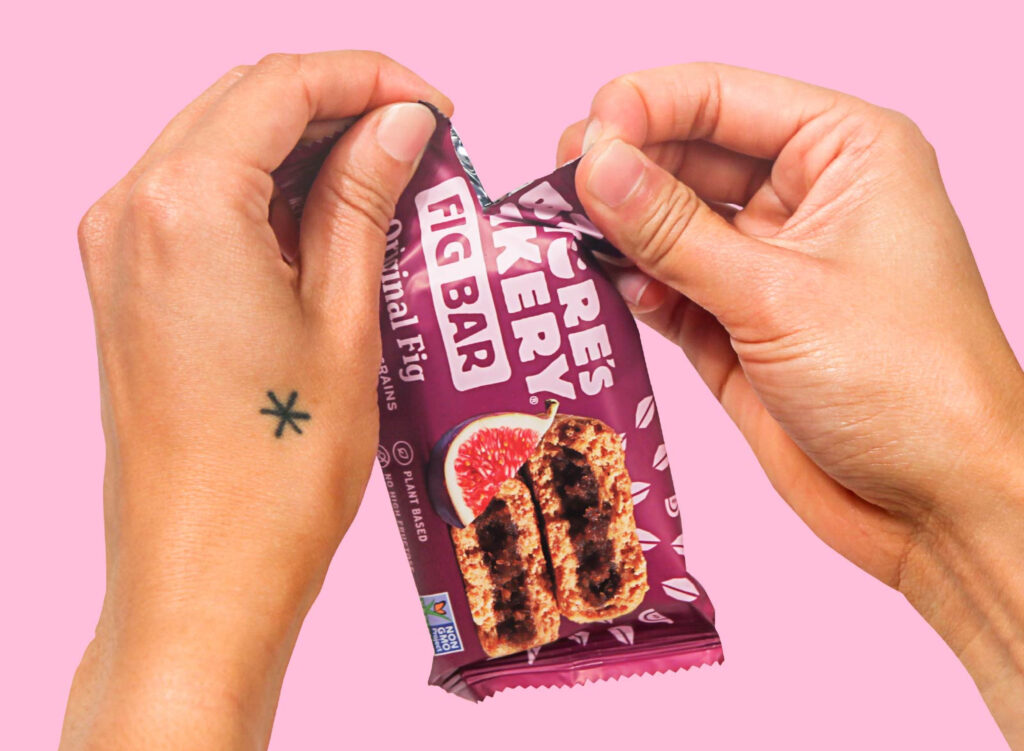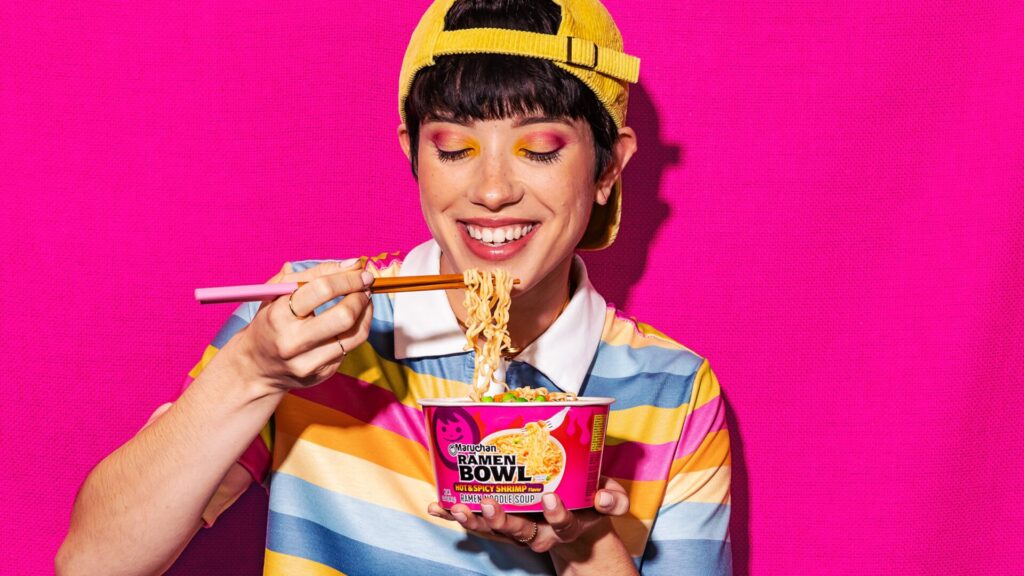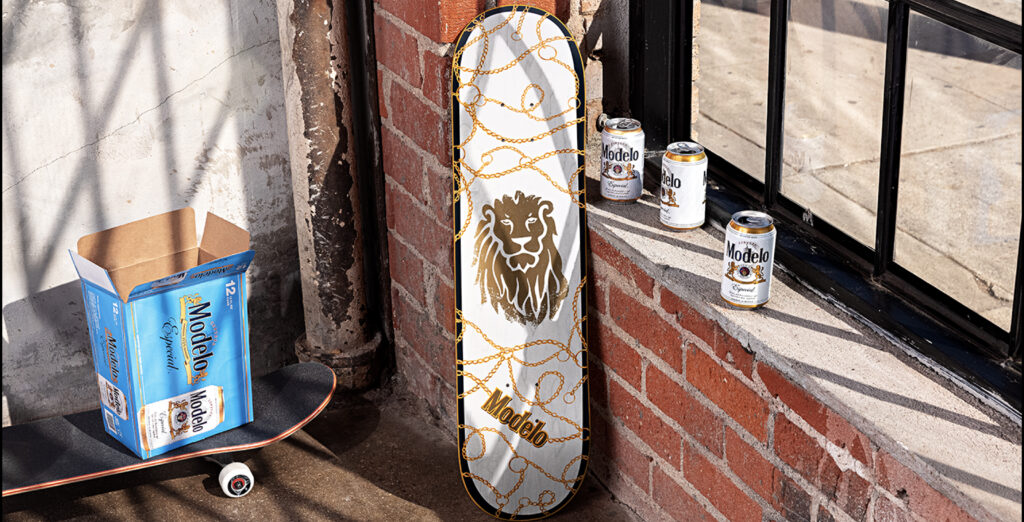Food & Beverage
Turning brands into modern tastemakers.

The way we satisfy our appetites and nourish ourselves has never been more exciting, colorful and varied. “Better for you” choices are delicious and delightful. Third-culture cuisines inspire new choices for a now global American palate. And beautiful beverages fit an individual’s lifestyle and personal style. We’re passionate food culture experts who know how to build temptation at shelf, create cravings on social media and set the table for success from pantry and beyond.
Services
The food and beverage category is crowded. The industry is full of noise—from heritage brands and newcomers on what feels like a daily basis. We make your brand distinctive in today’s physical, digital and social marketplace. Our consumer insights, marketing strategies and brand activations drive awareness, preference and loyalty—propelling your product from shelf to cart to mouth.
- Brand Development & Design
- Brand Positioning & Strategy
- Product & Portfolio Architecture
- Product Photography
- 3-D/CGI Product Renders
- Creative & Content
- Mobile & Web Development
- Product Experience
- Customer Support Experiences
- Retail Experiences
- Experiential & Sampling
- Retail Mobile Shopping Tools
- Customer Relationship Management (CRM)
- eCommerce Strategy & Optimization
- Search Engine Optimization (SEO)
Key Performance Indicators (KPIs)
Our rich blend of food and beverage industry expertise and innovative strategies elevates your brand, infusing the culture with fun and flavor. We craft tailored solutions to meet your unique business goals, helping you find unparalleled success in this dynamic and delectable landscape.
- Brand Awareness
- Sales Data & Market Share
- Return on Investment (ROI)
- Share of Voice
- Trade Spend Efficiency
- Net Promoter Score (NPS)
- Online Locator Usage
- Order/Shopping Cart Size
- Online Review Ratings
- Organic Search Ranking
- Retailer Compliance
- Coupon Redemption
- Promotion Participation
- Social Media Engagement
- Email Subscriptions & Engagement
- Loyalty Program Subscribers
OUR FOOD & BEVERAGE PARTNERS









